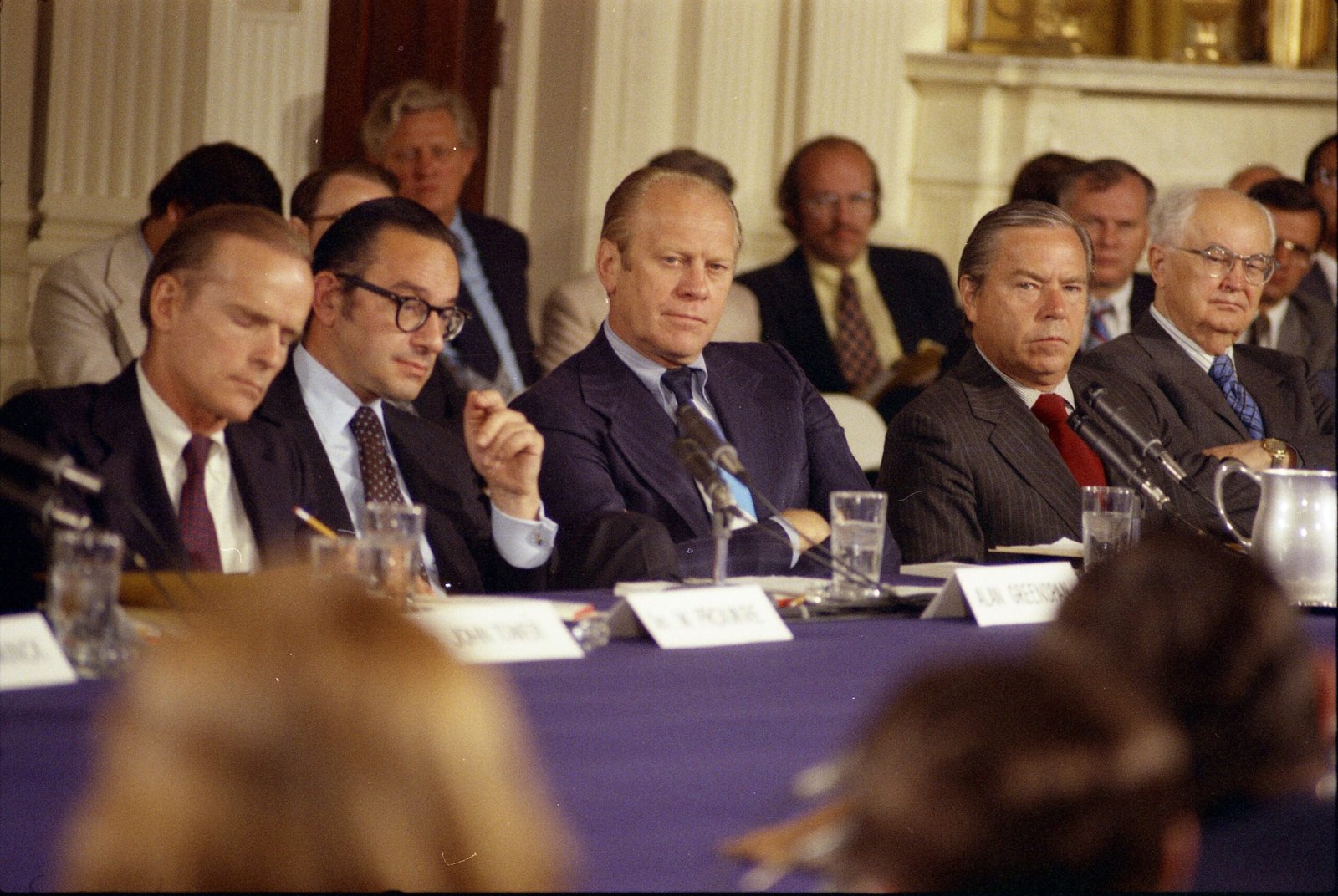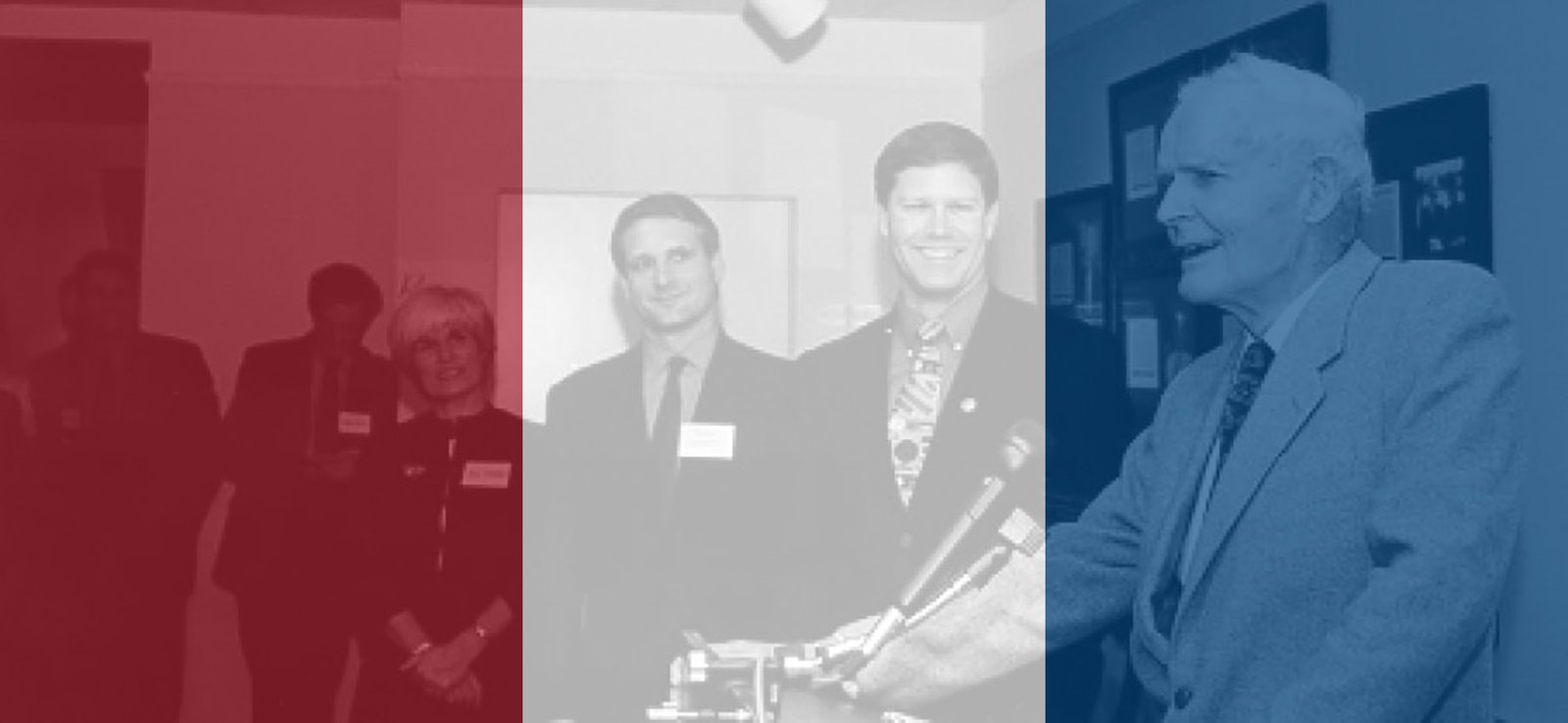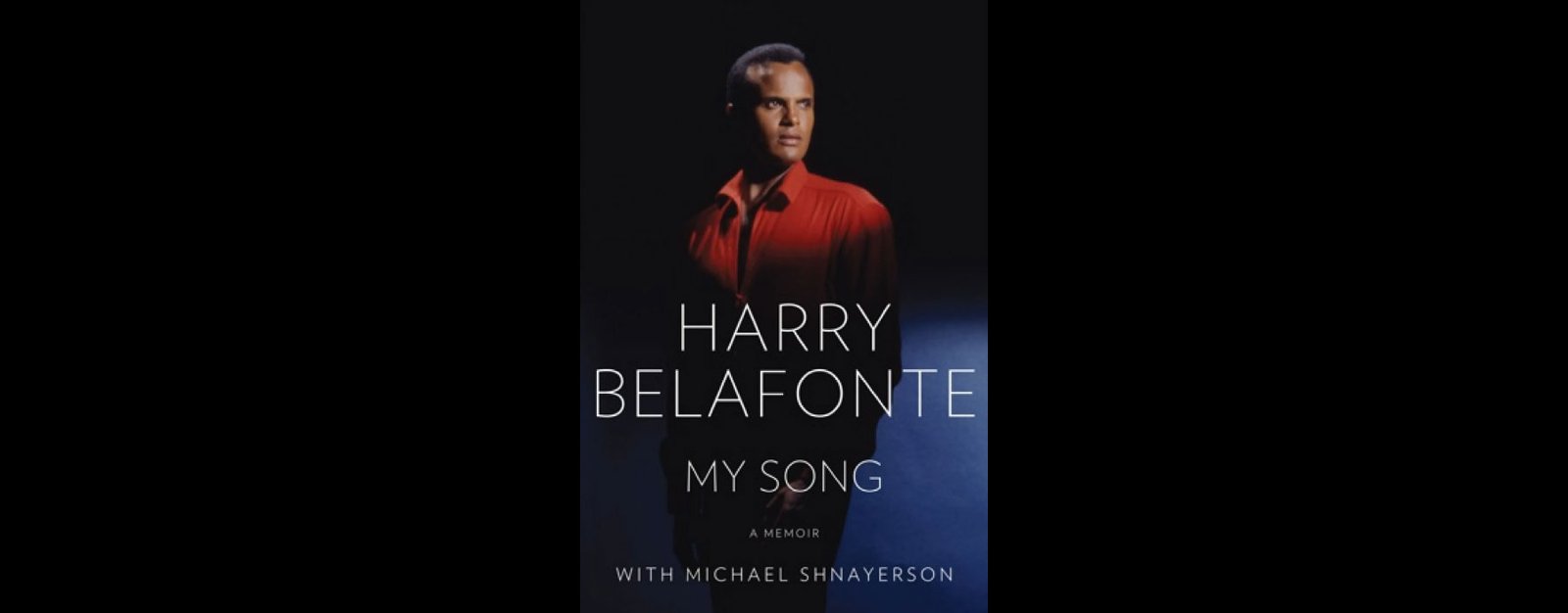UPDATE: July 6, 2025
How our politics have changed! Imagine people from different parties sitting together, trying to work together and do what’s right for ordinary people. I am certain that Senator William Proxmire would have given a “Golden Fleece Award” to the present ICE funding. He would have just shaken his head at how partisanship the senate has become.
>>>>>>>
The halls of the federal government are mysterious. The levers of power. The committee meetings. The fundraising lunches. The ribbon cutting ceremonies. Voting on bills never truly read. The photo-ops. More telephone calls. More fundraising. Most of us surely do not know what goes on in the daily life of a United States senator. Seeing as there are only fifty US senators, actually meeting a senator in person is a rare opportunity. In less populated states your odds may be better.
On a clear day, about ten years ago, while visiting Albuquerque, New Mexico for Thanksgiving, we went to a museum in Santa Fe and outside were two people who appeared to be greeters. They looked like retired people who perhaps volunteered at the museum – maybe people on the museum board of directors. In an attempt to talk to someone besides my in-laws, I went up to the two greeters and shook their hands. To my great surprise, one was the senator from New Mexico, Thomas Stewart Udall. I was a bit taken back about how I was there asking questions of Senator Udall while people just strolled by into the museum… “oh yeah. that guy again?” At the time I did not know of Senator Tom Udall but did remember well his father Stewart Udall and uncle Mo Udall who was years ago a congressman and in 1976 a presidential candidate. I loved the character of Mo Udall. Mo had this this very slow, pedantic delivery, large furry eyebrows, a glass eye and self-deprecating humor. He was six feet and five inches tall, handsome and looked a bit like Jimmy Stewart.
The Udall family has been in politics for generations. I learned later that in the southwest, and especially in New Mexico, anyone running for office must fight for the state’s many Indian reservations. This is probably the sole reason that the state votes Democratic. Tom Udall does not have the same gravitas as his uncle Mo but seemed like someone doing the good work. Money for the res. Protecting the deserts and rivers. We chatted a bit, as I attempted to update the Udall family tree in my head. He has since left the senate and is a United States Ambassador to New Zealand and Samoa. Such are the levers of government.
Years earlier, sometime in about 1977, in Wisconsin, in the main auditorium in Madison West High School, William Proxmire, the Democratic United States Senator spoke to the entire school. This was a big deal and the auditorium, complete with a balcony, was packed. Proxmire was famous for looking for waste in government. His Golden Fleece Award would every month point out waste in government. He would look under the hood of various government agencies – the Defense Department and the National Science Foundation and question expenditures. Studies he deemed useless and toilet seats far to fancy. He had good intentions but in the end set the stage a few years later for Ronald Reagan to say “government is the problem.” This general mood and cynicism about the government is still with us today.
The first Golden Fleece Award was awarded in 1975 to the National Science Foundation, for funding an $84,000 study on why people fall in love.[4] Other Golden Fleece awards over the years were awarded to the Justice Department for conducting a study on why prisoners wanted to get out of jail, the National Institute of Mental Health to study a Peruvian brothel (“The researchers said they made repeated visits in the interests of accuracy,” reported The New York Times), and the Federal Aviation Administration, for studying “the physical measurements of 432 airline stewardesses, paying special attention to the ‘length of the buttocks.'”[4]– Wikipedia – https://en.wikipedia.org/wiki/William_Proxmire#Golden_Fleece_Award
Anyway, I was sitting in that auditorium and and there was the usual stench of sweaty pubescent body odor. Probably a lot of striped polos shirts, mullet haircuts, and girls with curled hair attempting to look like Farah Fawcett. I do not remember much of what Proxmire said at the beginning as I was surely distracted by the spectacle. Near the end the senator fielded questions from the audience. I rose my hand thinking I would never be called but he pointed right at me. “Dear Senator.” I said, “What do you think about the current situation in Iran?” He looked a bit confused. The person next to him whispered into his ear as he seemed to not understand the question. “Iran,” I said. “Like, the country in the Middle East.” It was 1977. People still said “I-ran” for the country Iran. My family had lived in Tehran in 1970 and 71 and I had been keeping tabs on the situation probably through the newspapers and maybe even the television news. I had always wondered how it was possible for the two disparate worlds to get along and how the meeting of the West with the Persian world would work out in the end. Stylish woman getting off the plane from shopping sprees in Paris, wearing the latest fashions in the same streets with Muslim woman in traditional chadors. How is this possible? The senator was, I think, caught a bit off-guard, and mumbled something and took the next question one of which was about the legalization of marijuana which he ardently opposed. “Why would you want to put that stuff in your perfectly healthy bodies?” he said, with no apparent experience at how it made art class after lunch far more interesting.
By the time I was a senior, 1979, Iran was all over the airways and newspapers. The Iran Hostage Crisis dominated the news and helped forge public opinion that made for the election of Ronald Reagan. Little did most Americans know the history of the region and how Iran, the country was a in many ways the creation of the West and how the Shah was propped up by the US military and military advisers. The Phantom jets provided by the US military would fly over Tehran often, screeching though the sky. After the Iranian revolution those same jets would become useless for lack of spare parts.
William Proxmire would go on to be a senator for many more years. This was a time when it was all about the old boys network, but during a period when senators actually talked to one another. There is a telling photo on Wikipedia of them sitting arm to arm, Democrats and Republicans talking through something. A bygone era.

In the end, if you have a chance and get to chat with a senator, ask them a few questions and see what they are made of. You may learn a few things. You may even stump them.


